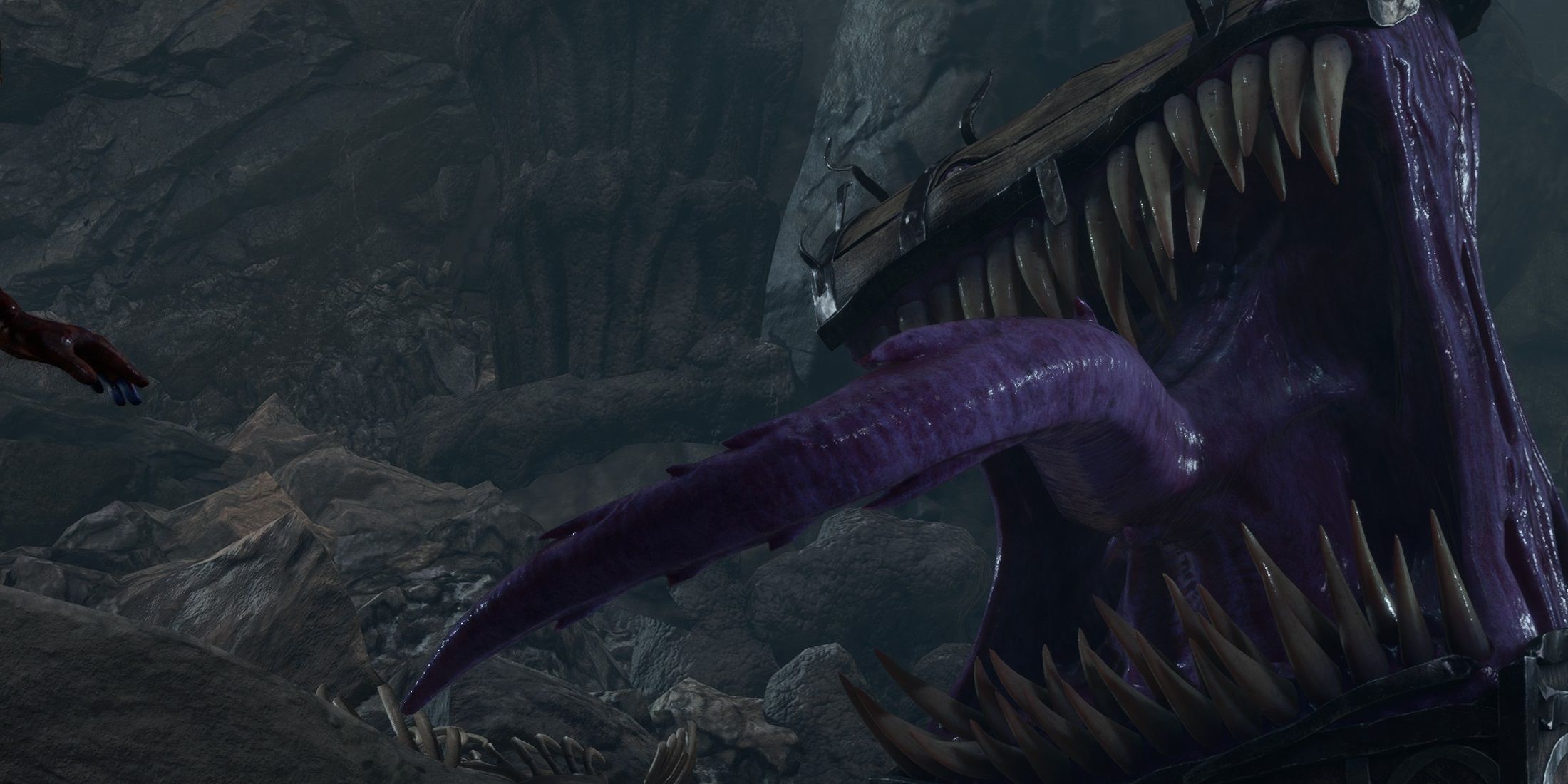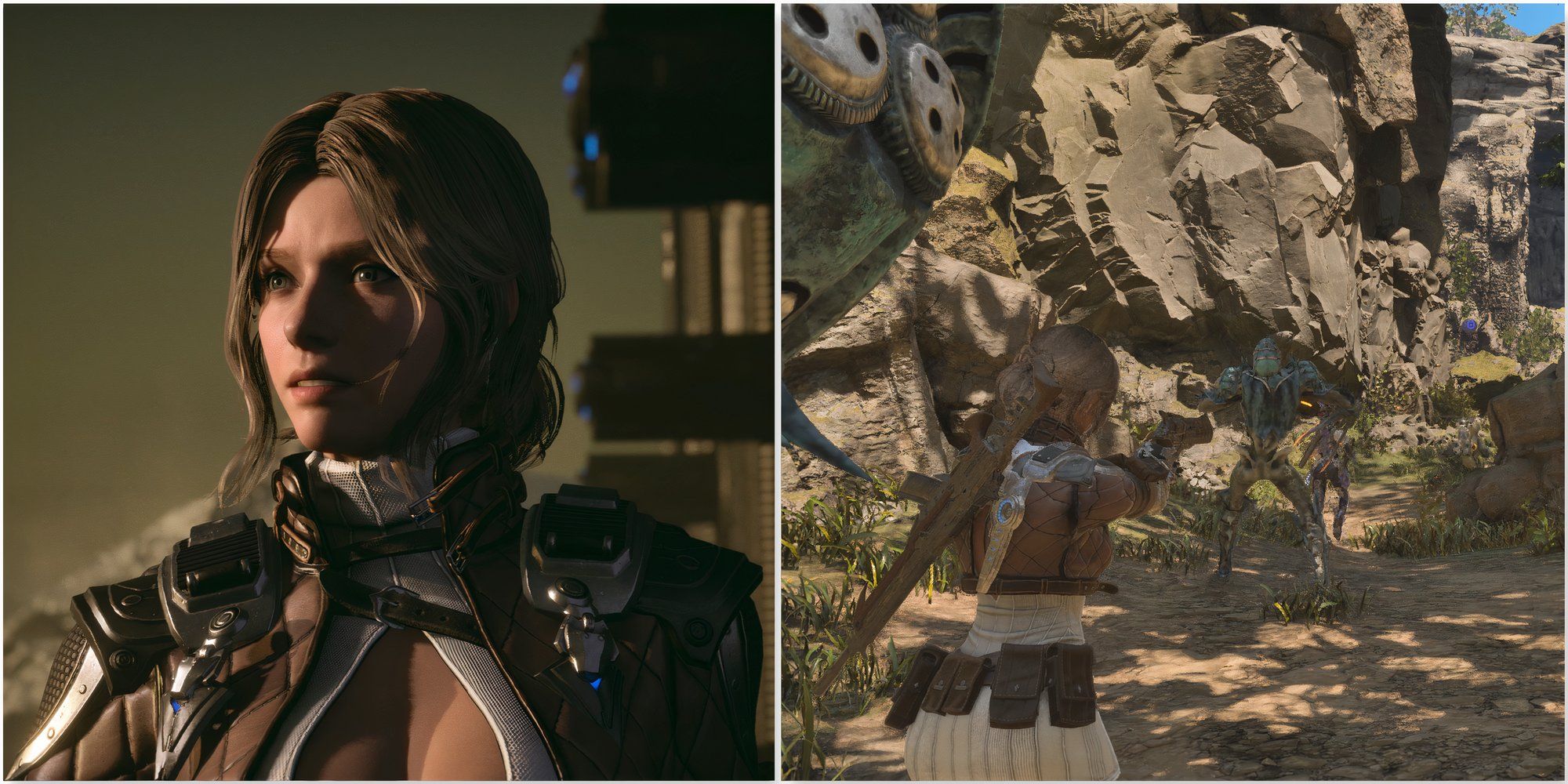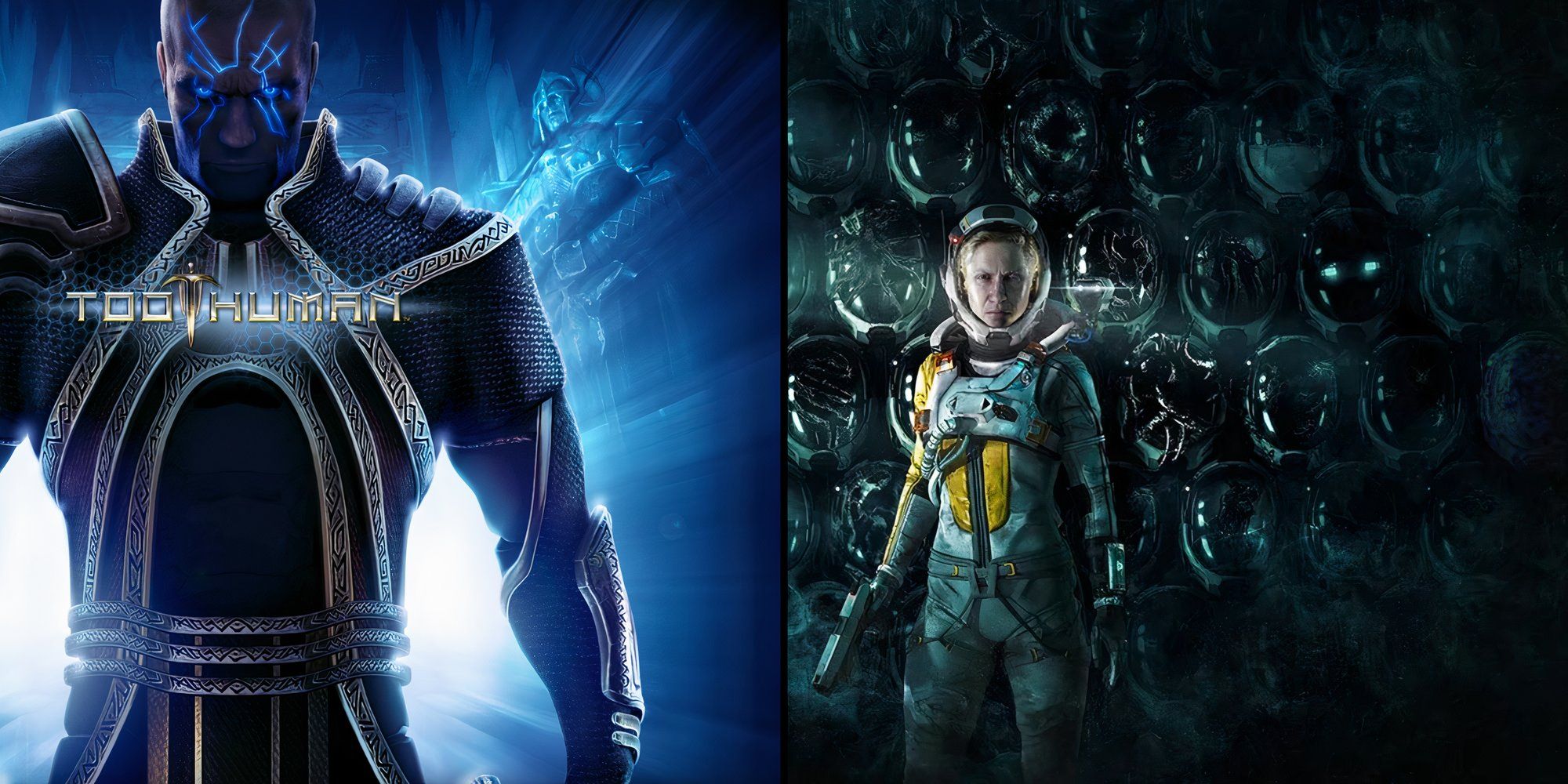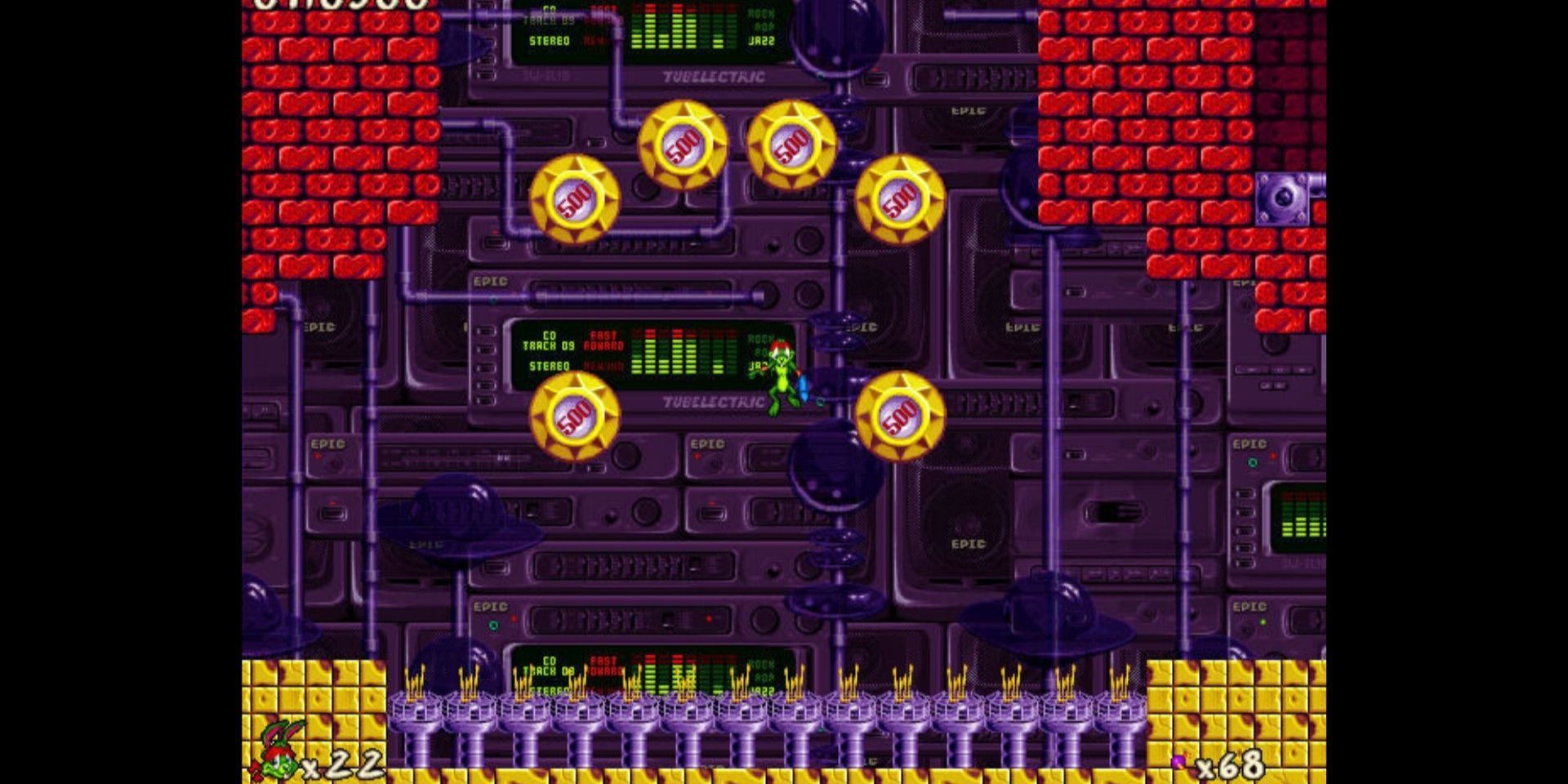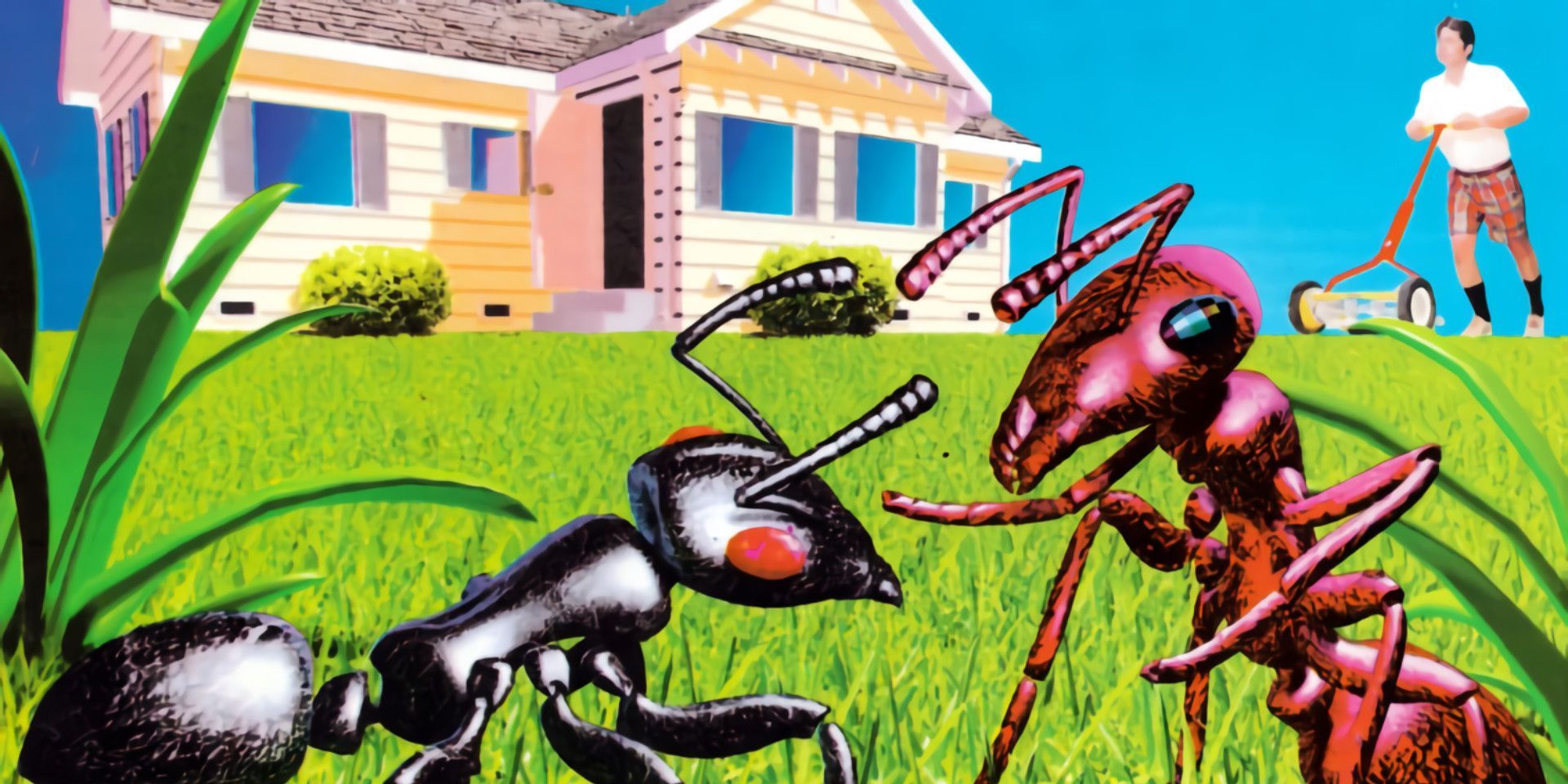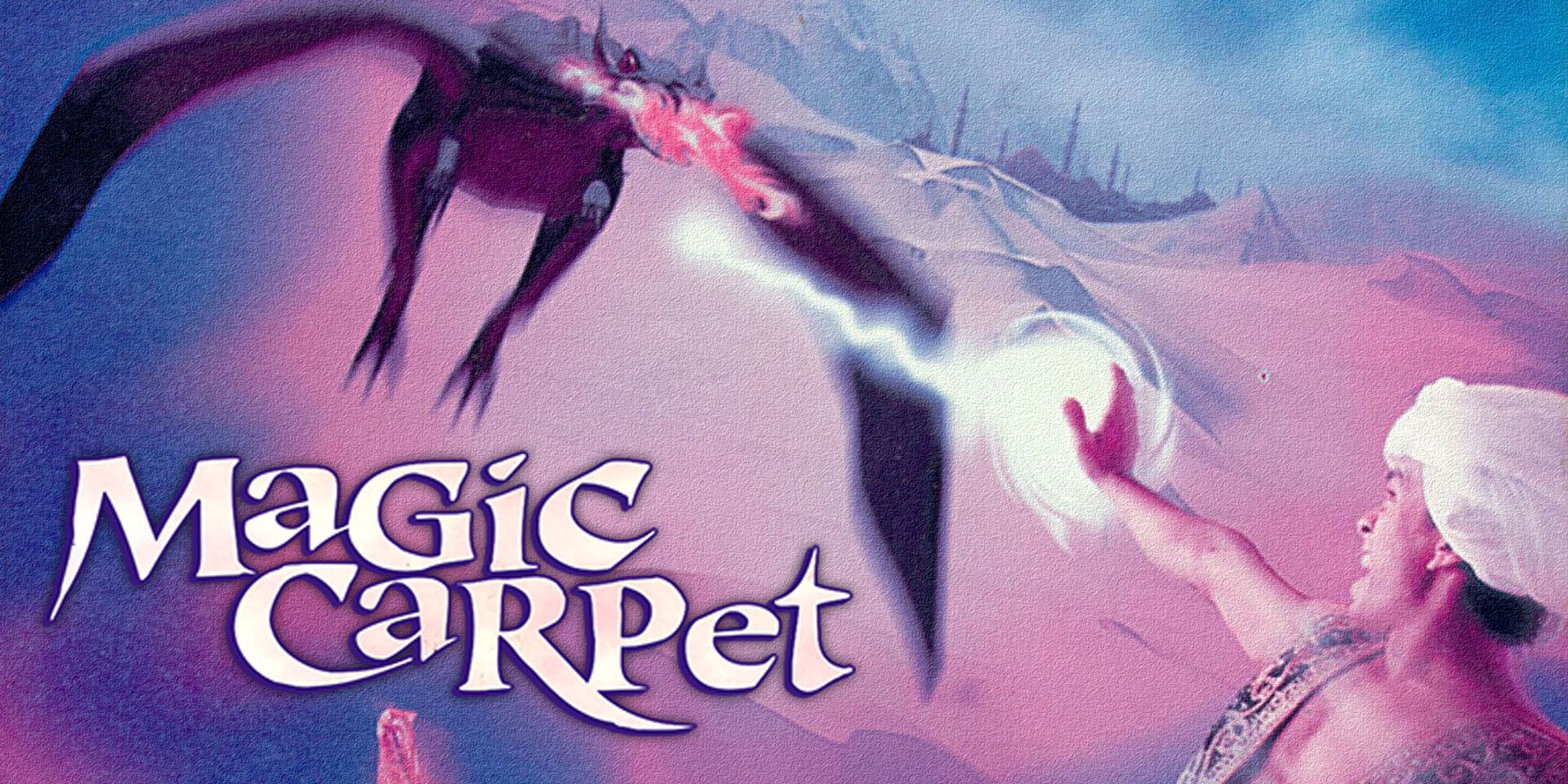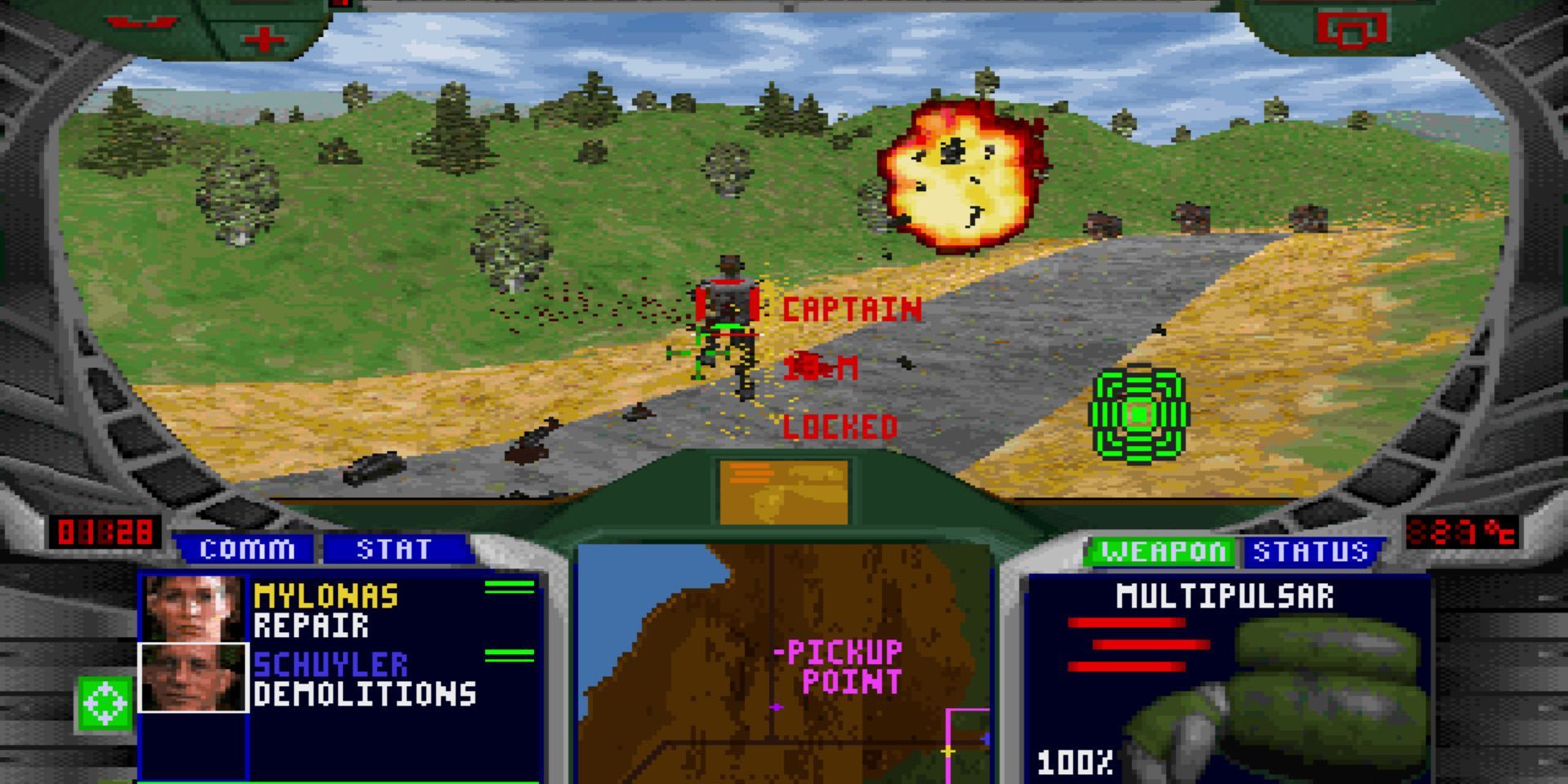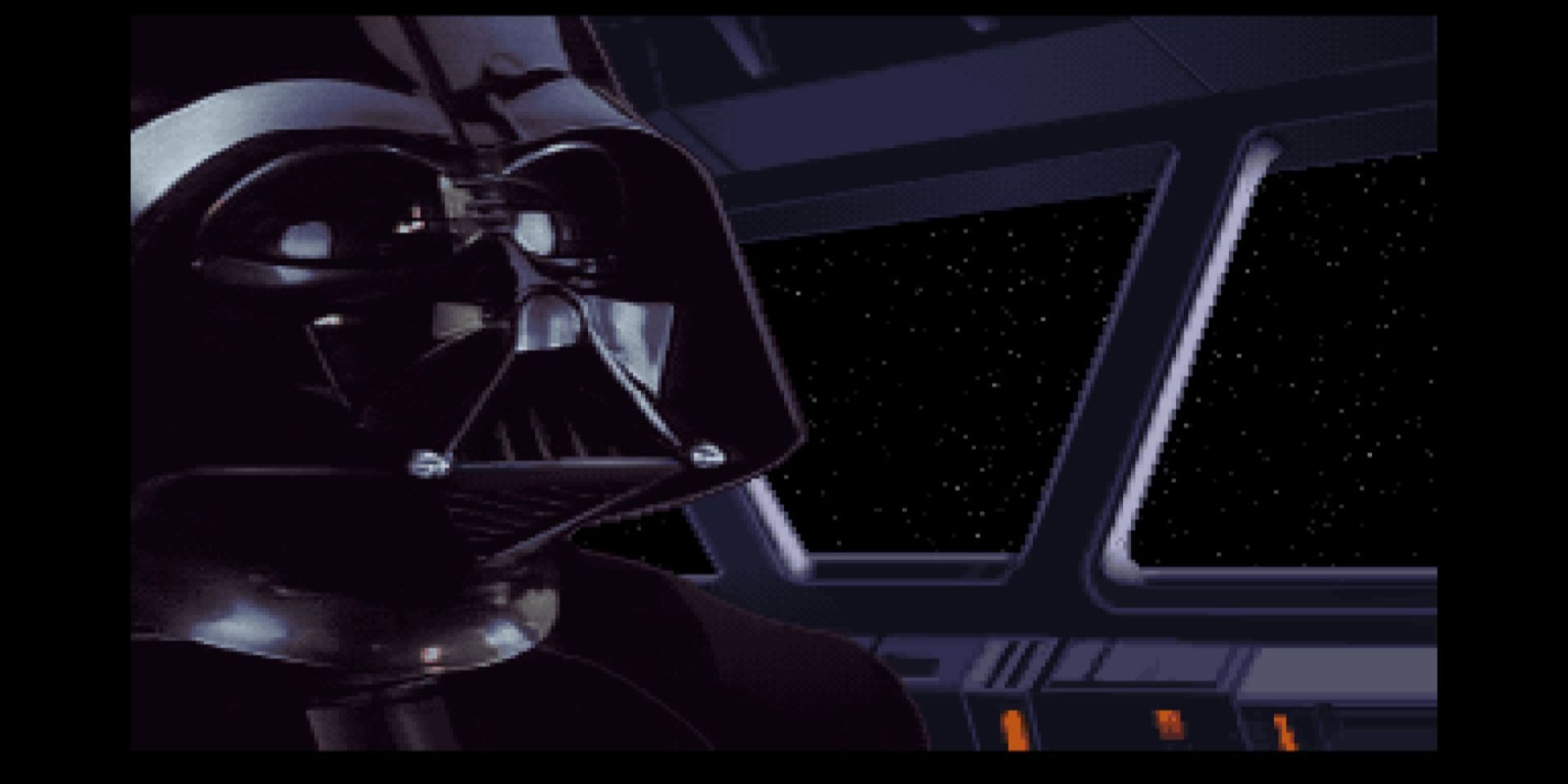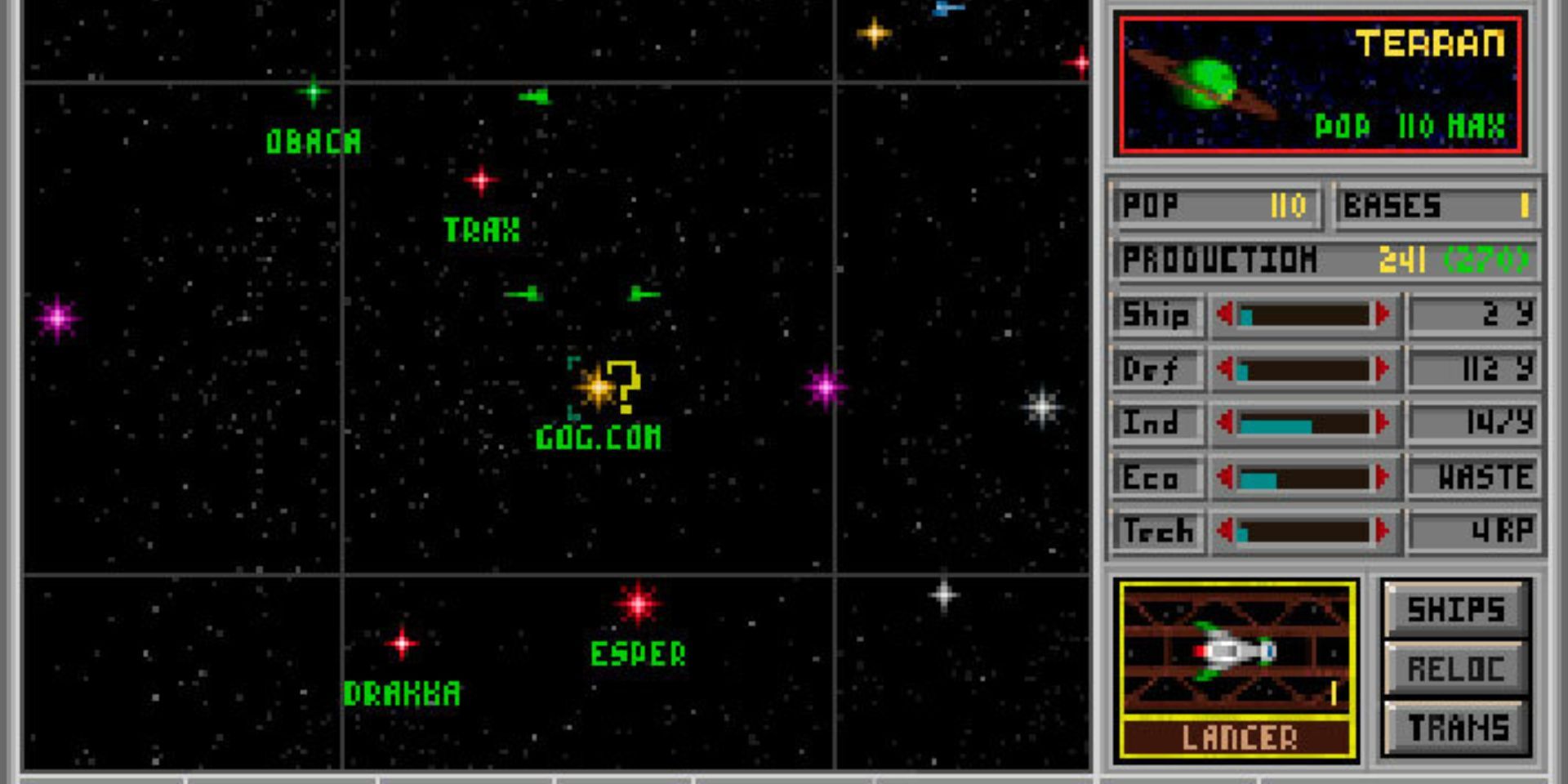MS-DOS is a notoriously hard system to come back to. Even DosBox, the famous DOS emulator for modern computers, requires fiddling with .INI files just to set up the program. To run a game, then, players have to launch the executable file through the terminal. It’s no surprise, then, if so many MS-DOS games have been long forgotten.
MS-DOS has been used by Windows operating systems since 1981 and fizzled out in the late ’90s. The end of DOS came right as video games started becoming complex and expensive things. A unique blend of low budgets and widely available personal computers made this a great time to be independent developers, just not as much as the rise of indies of the 2010s.
7 Jazz Jackrabbit
Jazz Jackrabbit is a long-abandoned series of DOS platformers. While not as famous as id Software’s Commander Keen, the green rabbit with the Rambo-red bandana was one of the most appreciated platformer stars of his generation. Jazz Jackrabbit was created by the improbable match of Gears of War’s Cliff Bleszinski and Arjan Brussee, who went on to found Guerrilla Games.
The first Jazz Jackrabbit came out in 1994, making it one of the last games (and the only one in the series) to be released on MS-DOS. It quickly became popular among gaming enthusiasts of the day, but its short shelf life made sure that all but his biggest fans would soon forget about Jazz.
6 SimAnt: The Electronic Ant Colony
Perhaps the weirdest installment in the Sim series, SimAnt: The Electronic Ant Colony is a surprisingly complex game about managing a group of ants. Not unlike other games in the series, SimAnt is as much of a simulation as it is a strategy game. In it, the player controls one ant at a time and can give a few instructions to their fellow ants.
The simulation of SimAnt is put to the forefront by two unique mechanics: natural hazards and limited control. Hazards are things like human footsteps, spider attacks, bug spray, and so on. As for control, the player instructs the colony by moving a single, enlightened ant at a time. Ants obviously can’t talk, so the player has to communicate with the colony using pheromones.
5 Magic Carpet
Magic Carpet is a unique mix of flying sims, shooters, and strategy games. The game takes place in a post-apocalyptic world where wizard wars have destroyed the land and filled it with dangerous creatures. After his master’s death, a young magician must explore this land and find a way to return it to the natural order.
Most of Magic Carpet is spent flying on the titular carpet, firing what looks and sounds like a machine gun in the direction of giant monsters and regular bats alike. The player’s objective in each level is to build a castle out of mana and then fill it with even more energy. The castle serves as an HQ but must be defended from enemy wizards until it is fully loaded on mana.
4 Terra Nova: Strike Force Centauri
Looking Glass isn’t just Thief, Ultima Underworld, and System Shock. In 1996, when the studio was already established as an immersive sim factory, they released the tactical shooter Terra Nova: Strike Force Centauri. What’s even more surprising is how much of a hidden gem it really is.
Terra Nova: Strike Force Centauri is a tactical first-person shooter taking place entirely inside a mech. While definitely inspired by mech games like MechWarrior, Strike Force Centauri focuses on living out large battles over dueling with other pilots. Critics of the time loved the game’s advanced AI, while only modern audiences seem to appreciate the cheesy FMV cutscenes that come with every mission.
3 Star Wars: TIE Fighter
For the longest time, 1994’s Star Wars: TIE Fighter was considered one of the best PC games ever made. It was PC Gamer’s favorite game ever and IGN’s 3rd best computer game. Stories like this remind us of how much gaming has changed, for a space flight sim to enter the 2000s gaming mainstream, right next to Battlefield and Civilization 4.
Star Wars: TIE Fighter tries really hard to separate itself from the sterile image of classic flying sims, wielding the Star Wars brand and covering every mission briefing with mysterious story tidbits. It even has an entire space station to explore in a point-and-click fashion.
2 Master Of Orion
Master of Orion is not a truly forgotten title, but it might be one of the most important in the MS-DOS ecosystem. On top of being a fairly imaginative and innovative strategy game, it is also where the term 4X originates from. The acronym, which stands for eXplore, eXpand, eXploit, and eXterminate, was first postulated during a game review from Computer Gaming World.
Being a 4X game, Master of Orion is naturally similar to early entries in the genre like the Civilization series. Unlike most other titles, though, Master of Orion really looks like Civilization. This starts with the different cultures the player can direct (which here are sci-fi races) and goes all the way to the triumvirate of diplomacy, technology, and conquest.
1 Descent
Descent is an old-school 3D shooter from a time when no one really knew what 3D games were supposed to be. Descent takes place entirely in space, where up and down aren’t quite as rigorous as on earth. This gives the player a full six degrees of movement: up and down, left and right, forward and backward.
Descent might play like a space flight sim, but the level structure and a focus on combat mark a fundamental shift from the genre. Released in 1996, Descent takes lots of care to adapt innovative FPS tropes like hiding colored keycards through the level or adding bonus objectives in the form of hostages.

